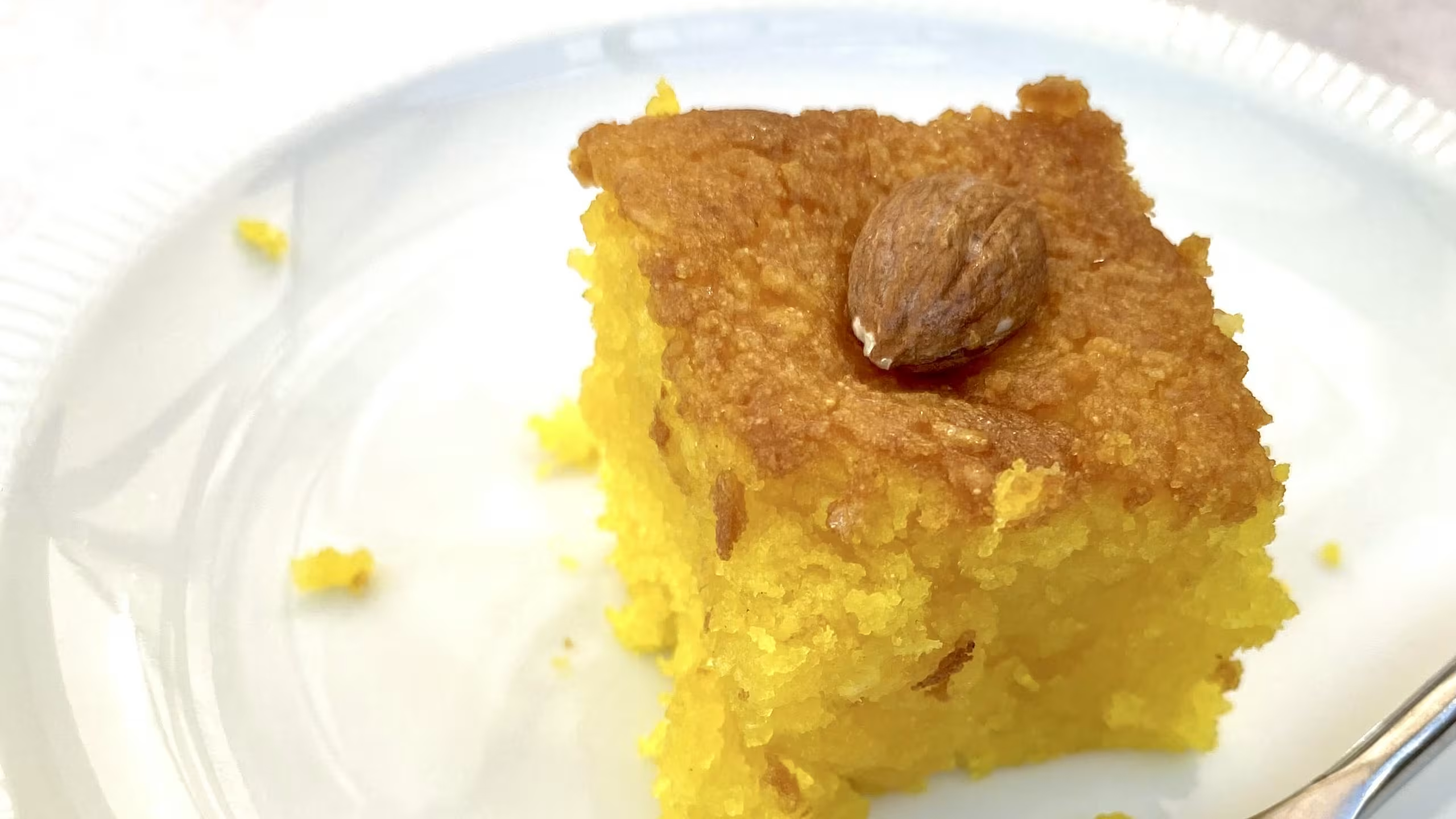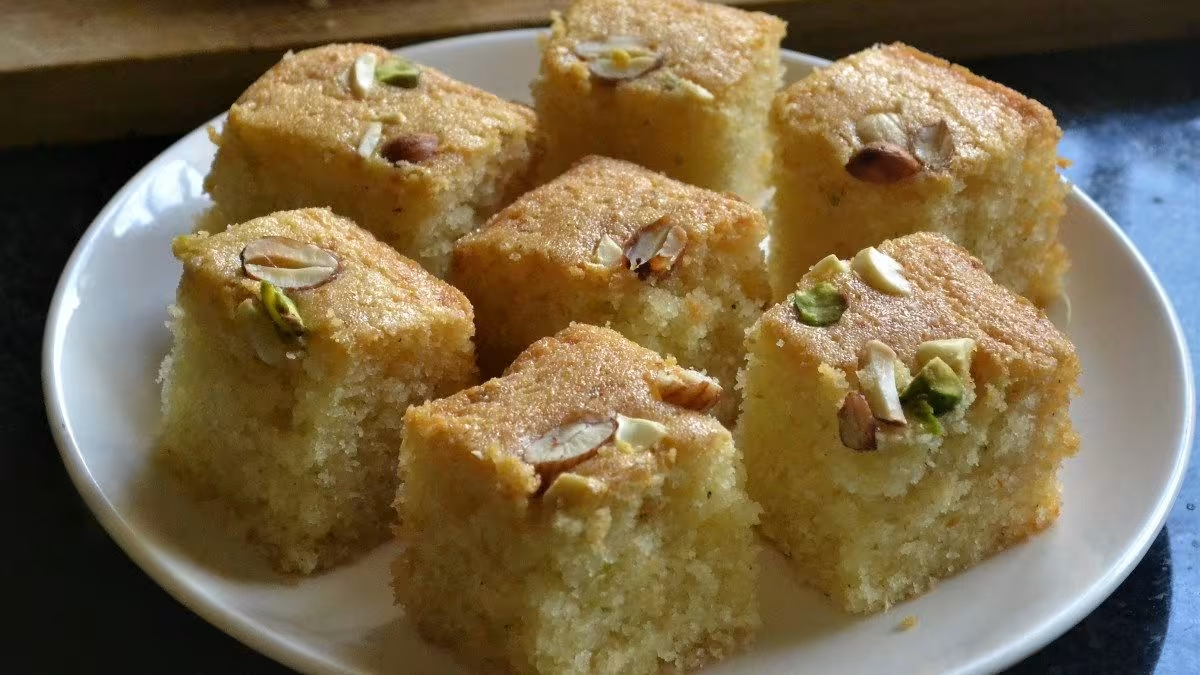
Deliciously Easy Soji Cake Recipe: Perfect for Any Occasion
Written by Jessica Lopez
Published at 01-10-2024
Edited on 02/07/2025 | 10:35 AM
Baked-Goods RecipesCourse: Dessert
Cuisine: American Vintage
Difficulty: Moderate
Servings
10-12 slices
Prep Time
25 minutes
Cooking Time
35 minutes
Total Time
1 hour
Fat
18g
Protein
5g
Carbs
55g
Calories
450 kcal
Welcome to the world of delightful desserts with our easy and scrumptious Soji Cake recipe! This traditional treat, made from semolina, is a favorite among many and is known for its light, fluffy texture and rich flavors. Whether you’re celebrating a special occasion or simply looking to satisfy a sweet craving, Soji Cake is an excellent choice that is sure to impress family and friends alike. Soji Cake, also known as Semolina Cake, has its roots in various cultures, particularly in Middle Eastern and Indian cuisines. It’s often served at festivals, weddings, and other celebrations, making it a beloved dish that brings people together.
The cake is not only delicious but also incredibly easy to prepare, requiring just a handful of ingredients that you may already have in your pantry. What makes this recipe stand out is its versatility. You can infuse it with various flavors, such as cardamom, vanilla, or even citrus zest, to tailor it to your taste. Plus, it pairs wonderfully with a cup of tea or coffee, making it the perfect addition to your afternoon snack.
In this blog post, we’ll walk you through step-by-step instructions to create a moist and flavorful Soji Cake that is sure to be a hit. So, roll up your sleeves and get ready to bake! Let’s dive into this delightful Soji Cake recipe that will have everyone asking for seconds..


